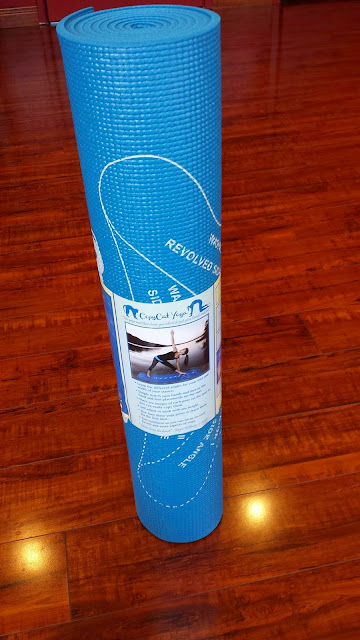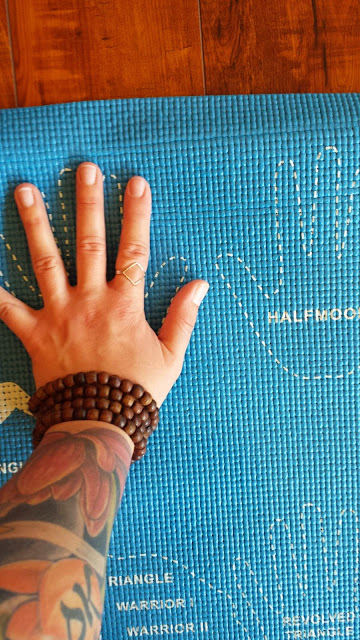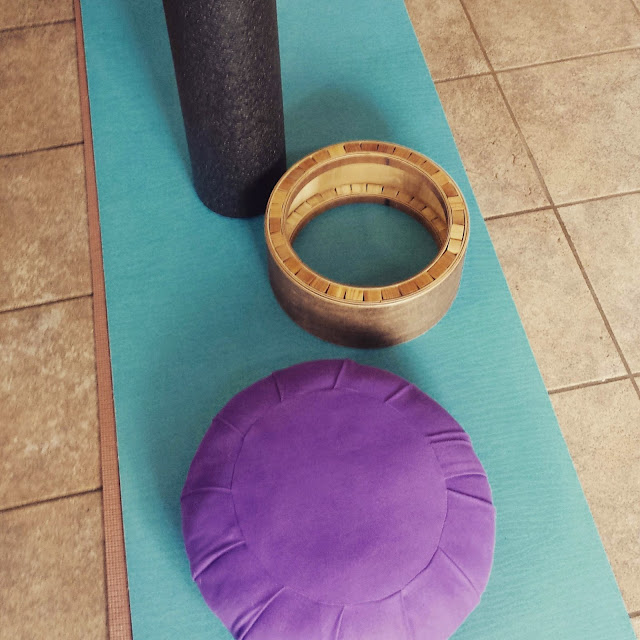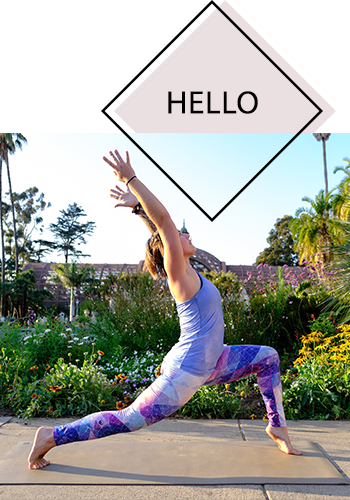Tools for Yoga Beginners
/Photos by LucidReflections. Yoga tank top by Liquido Activewear.
Recently I’ve been taking basics classes at my yoga studio.
Yes, you read that right :) Even though I’ve been practicing yoga for 10 years and have been teaching for 5, I still find it important to focus on the basics.
Having a strong foundation – good alignment and a calm, full breath throughout the practice – is key!
No matter how long you’ve been practicing yoga, it is always helpful to practice ‘beginner’s mind’ – staying true to where your body is in the moment, not being attached to what you may have done on your mat yesterday or a few weeks ago. A simpler version of the pose is preferred if it helps you steady your mind and steady your breath.
Are you new to yoga?
Here are a few recommendations…
Find a teacher who makes you feel calm, grounded, and inspired
. Videos at home are great, but it really does make a difference if you can practice with the leadership of a teacher and the presence of other yogis in the room! Finding a teacher you trust and whose sequencing feels good in your body will help you build a solid foundation for your practice. Be sure to ask questions before, during and after class, especially if you feel confused.
Yoga mat by Yoga Design Lab.
Learn Ujjayi breath and mula bandha
. These two practices help you contain prana, life force, in your body as you practice. They also protect you from injury because they keep your mind present, and the body stable.
Mula bandha is the root lock, where you draw the navel in toward the spine and pull up on the pelvic floor muscles.
Ujjayi is the 'victorious' breath, with a gentle constriction in the back of the throat so that the exhale is audible and sounds like an ocean wave. I invite you to read more about mula bandhaand Ujjayi and also highly recommend chatting with your yoga teacher in person about these practices!
Experiment with the details
. Chances are, the first time you try a yoga pose, you will not be in your body’s ideal alignment. And you may actually realize over time that there are some cues from the teacher that you need to ignore based on your body’s unique structure. Not all knees feel good in a low lunge. Some shoulders and elbows will hyper-extend in downward dog, unless you know to limit how far you extend.
For a fun experiment, you could try the CopyCat Yoga mat —which shows diagrams on the surface of the mat for where to place your hands and feet in the poses. I like that this gives someone who is new to yoga a starting place; however, I highly recommend you go beyond using a tool like this. Don’t let any prop be your end-all-be-all for how to do a pose. See how your body feels, fine tune, make changes, and also have a teacher check out your alignment.
If you're curious about what kind of class would be a good fit for you, here's a breakdown of different yoga styles , and a book about how to choose one.


Yoga mat by CopyCat.
Invest in some yoga gear that inspires you.
I'm currently in love with my incredible mat from Yoga Design Lab, which features a beautiful sunset photograph on it, as well as a fun backless tank from Liquido Activewear by Tiffany Cruikshank. Treat yourself to a colorful pair of leggings or a yoga mat with a unique design... and let them be a reminder of how unique and awesome you are every time you practice! You deserve it :)
Yoga mat by Yoga Design Lab. Yoga tank top by Liquido Activewear
Get support from yoga props.
Props are wonderful for deepening your practice. They help your body feel comfortable and supported so that you can relax into a pose, and then bring your focus back to your breath.
Yoga props are not going to limit you; they actually deepen your practice. Some new students are hesitant to use props because they think they’re ‘cheating’ by doing this – not the case! I had this mindset for a long time, and I was totally missing out on all the lovely benefits a prop can offer.
Take, for example, pigeon pose. If your hip does not come all the way down to the ground, place a block or blanket or folded up mat beneath it. This allows your hip to fully rest and for the large muscles to relax, allowing the stretch to move into the fascia, the connective tissue fibers deep in the body which hold everything together. The goal in pigeon pose is to release tension from these deeper layers, and if you’re tense and hovering above a block, your body can’t quite do that. Let the prop take the struggle out of the pose.

My other favorite props: a block, Dharma Yoga Wheel (for opening the spine), a meditation cushion, and a foam roller for after class.

Here's a recap of awesome yoga resources not to be missed:
Yoga wear by Liquido Active
Yoga mats that help your alignment by CopyCat
Yoga mats with the most kick-ass designs you can find by Yoga Design Lab
The Dharma Yoga Wheel back roller
Enjoy!











